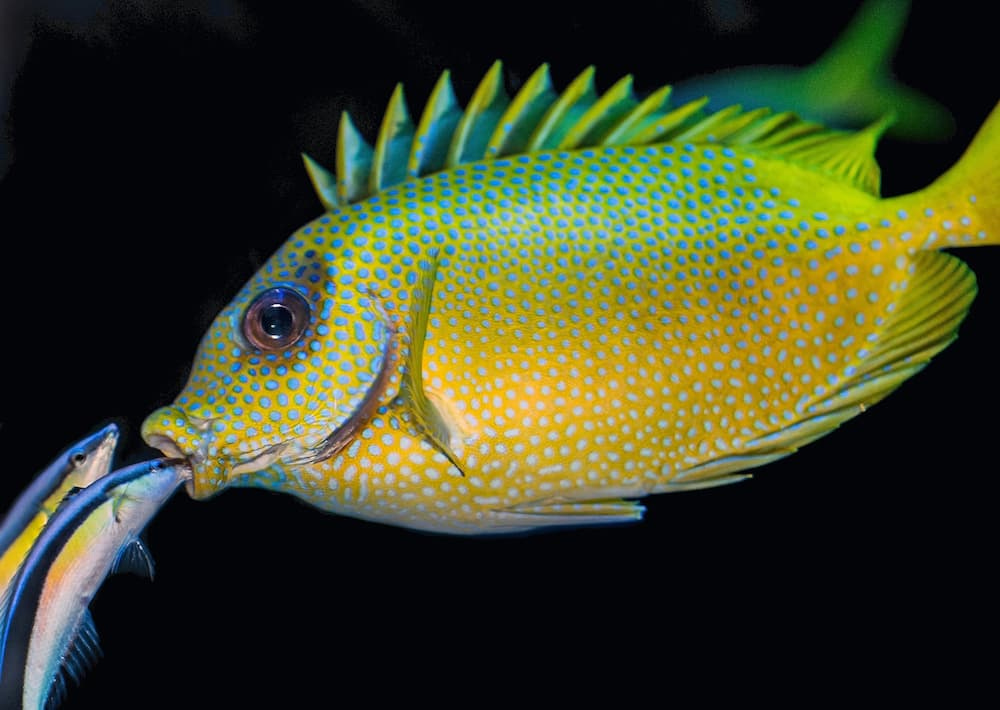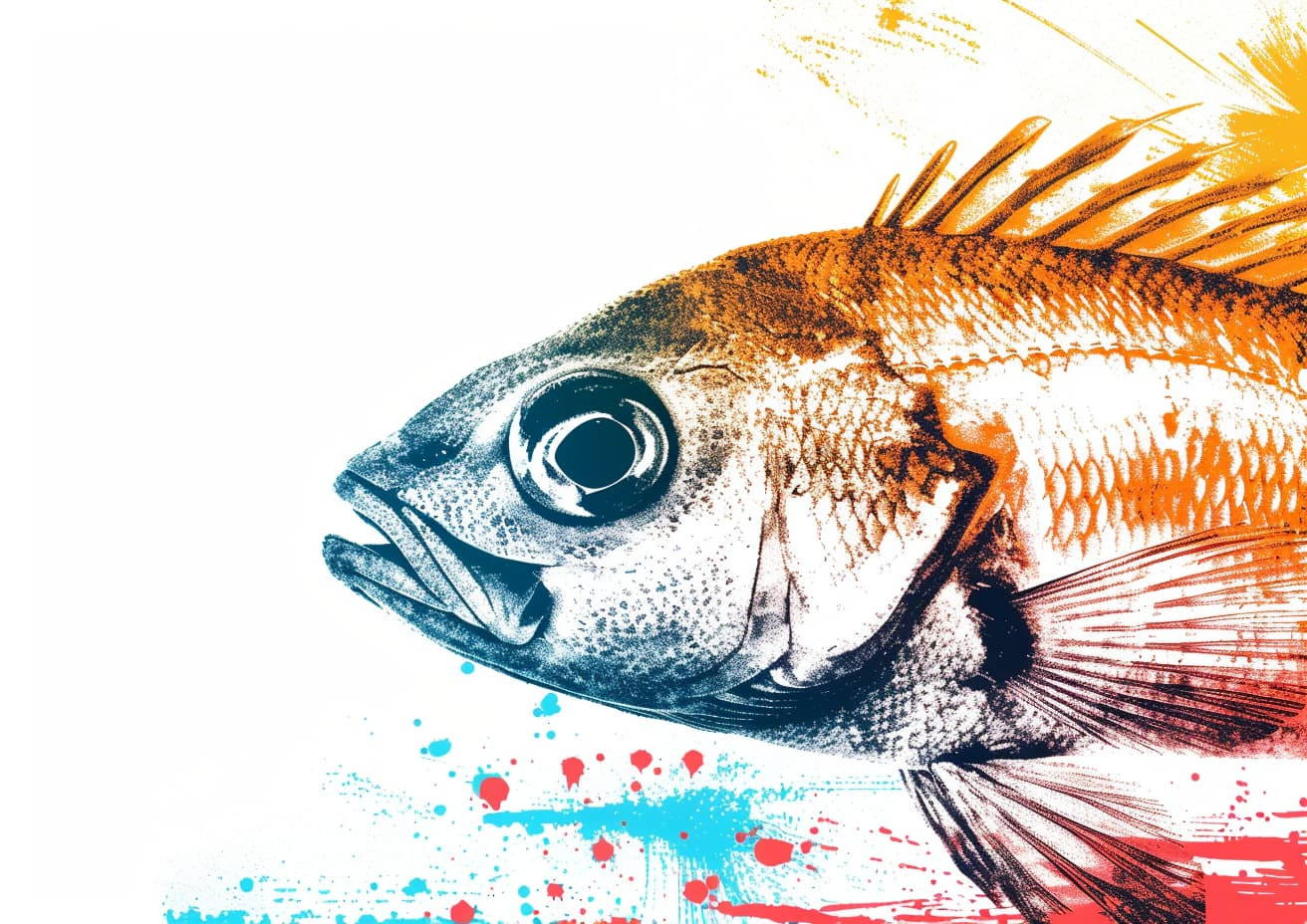When we think about consciousness, we usually think of a self—everything we experience seems to be happening from a single subjective perspective. The question captivating many thinkers as far back as records go is whether animals do the same. Are animals self-aware?
Before we try to answer that intriguing question, let’s define the scope. Cognitive scientists tend to think about consciousness in three ways: states of consciousness (e.g. sleep, awake, coma, etc.), contents of consciousness (i.e., our experiences, sensations, thoughts and perceptions) and consciousness as self.
Here, we’re interested in the last conception: consciousness as self. Self-consciousness and self-awareness (terms I will use interchangeably in this article) are defined as an individual’s awareness of their existence, separate from others, with their own thoughts, feelings, and existence.
This week, we’re asking two main questions:
How do we measure self-awareness in animals? and
What does it mean to be self-aware?
Recently, I attended a live recording for the All in The Mind podcast, in which some of my colleagues discussed animal consciousness. That discussion inspired this article.
Q1: How do we measure self-awareness in animals?
The challenge with animal self-consciousness is how to test for it. We can’t simply ask them. In the 1970s, psychologist Gordon Gallup Jr. developed a clever test that has become the standard indicator for self-awareness in humans and non-human animals: the mirror mark test.
The mirror mark test is a simple test. After an animal (or a child) is familiarised with a mirror, a small mark is secretly placed on the animal. The mark could be paint or a sticker. It is placed where the animal cannot see it without a mirror. With the mark in place, the researchers watch how the animal behaves when in front of the mirror. If the animal uses the mirror to inspect the mark, the animal has passed the test. And the researchers claim the animal understands the reflection is their own. If the animal ignores the mirror or tries to remove the mark in the mirror, the animal has failed the test.
For many years, the list of animals that passed the mirror mark test was limited to humans and great apes. But during the last 20 years, dolphins, killer whales, elephants, magpies, pigeons, manta rays, and cleaner wrasse fish have been added to the list.
Children typically pass the mirror mark test around 18 months of age. Factors like mirror exposure and parenting styles seem to influence the age. For example, kids from certain non-Western cultures with less exposure to mirrors pass the test much later than their Western counterparts.

The cleaner wrasse is possibly the most interesting case. It’s a small fish that feeds on brown-coloured parasites found on larger fish. The cleaner wrasse passes the mirror test. When a brown mark was placed on their throat region, the wrasse would look in the mirror, then go scrape the mark off on the tank’s gravel before returning to the mirror to verify its removal. Interestingly, they did not attempt to remove other coloured marks, suggesting they may only be interested in cleaning colours associated with the parasites they normally eat.
What's strange is not so much that the cleaner wrasse passes the test as it passes when other animals fail. The fact that a relatively simple fish passes while other animals, like dogs, do not has many questioning the validity of the mirror test.
Three main issues are raised:
1. The mirror mark test is a visual test.
Dogs may fail not because they lack self-awareness but simply because they rely more on smell and hearing than they do on vision. If you show a mirror to a puppy, it may try to play with its reflection or bark at it. But at some stage, the puppy turns into a dog and seems to lose interest in the mirror. Why? Does the dog lack self-awareness? or does the dog have self-awareness but is simply uninterested in the mirror because it doesn’t provide smell or sound?
2. The absence of evidence is not the evidence of absence.
When an animal passes the test, we claim it is self-aware. When it fails, we can’t make the opposite claim — we can’t claim the animal is not self-aware. As Carl Sagan so eloquently reminds us — the absence of evidence is not the evidence of absence. Failing the mirror test is not proof an animal lacks self-awareness. They may simply be uninterested in mirrors — or paint marks.
3. Self-awareness is not a dichotomy.
The pass-fail nature of the mirror mark test makes self-awareness seem like an all-or-none phenomenon. Is this true? Is an animal either entirely self-aware or not at all?
Some may wonder whether self-awareness is a spectrum rather than an all-or-none phenomenon. But if this were true, we may expect to see a continuous gradient of self-awareness that correlates with other cognitive abilities. But we don’t find this. Instead, the species that pass the mirror test seems almost sporadic. Some species unexpectedly pass, while others, presumed to be more cognitively advanced, do not. Does this mean self-awareness is not correlated with cognitive complexity? Or is something else going on?
Q2: What does it mean to be self-aware?
The mirror mark test has some issues. But what if the problem is with how we interpret the results, not with the test itself? Recognising oneself in a mirror may tell us something about an animal’s awareness, but it may not fully capture what we mean by self-awareness.
As humans, we layer so many different features onto the concept of self-awareness. For example, human self-awareness may mean a sense of personal identity that has continuity over time. It may mean the ability to introspect about our thoughts, feelings, memories and experiences. It may mean our beliefs, desires and intentions. It may mean abstract reasoning, thinking about our thinking, and a theory of mind. And it may mean constructing a complex narrative about ourselves as autonomous agents navigating the world.
Does all that go on in a cleaner wrasse?
Perhaps we need to reexamine what we mean by self-awareness. Yes-or-no questions such as, are cleaner wrasse self-aware? are difficult to answer with a simple yes or no. The question carries the human baggage of what we associate with self-awareness.
The mirror mark test may capture some of the features we associate with human self-awareness, but not all. We may want to label these features as self-aware, but we want to qualify our statement by saying cleaner wrasse are self-aware but not with the same features as elephants. And we may want to label elephants as self-aware but not with the same features as humans. We may even want to say dogs are self-aware but not with features captured by the mirror test.
Each species has features required for it to do what it needs to do to survive and reproduce. Those features may include learning, navigating and interacting in its environment, avoiding injury, acquiring resources, or engaging socially. Some of those features may result in behaviours that look a lot like recognising itself in a mirror. But that may not mean the animal has all the features we humans think about when we label ourselves as self-aware.
In this way, self-awareness may not be an all-or-none phenomenon, or a gradient along one dimension, but a label we use to define many different features. Alternatively, it may be a label we want to use to define something far simpler — a core capacity that supports the development of more complex ones.
One final thought
Late last year, footage circulated on social media suggesting a robot called Rob recognised itself in a mirror. There are serious concerns about the legitimacy of this footage, but despite its controversy, the idea is interesting. What would it mean for a robot to pass the mirror test? If it were generative (not pre-programmed), would we label the robot as self-aware? Or would we label the robot as self-aware but qualify our statement by saying it is not self-aware with the same features as humans?
What are your thoughts?
Thanks so much for reading this article.
I want to take a small moment to thank the lovely folks who have reached out to say hello and have joined in the conversation here on Substack.
If you'd like to do that, too, you can leave a comment, email me, or send me a direct message. I’d love to hear from you. If reaching out is not your thing, I completely understand. Of course, liking the article and subscribing to the newsletter also help the newsletter grow.
If you would like to support my work in more tangible ways, you do that in two ways:
You can become a paid subscriber
or you can support my coffee addiction through the “buy me a coffee” platform.
I want to personally thank those of you who have decided to support my work financially. Your support means the world to me. It's supporters like you who make my work possible. So thank you.






Apologies for the off topic: I'd be interested in learning more about what thought is. Not the content of thought, the nature of thought. How does it work? What is a thought? When your time permits. Thanks!
This is sort of related...
A theory that interests me is that reality, which consists almost entirely of space, has some property related to what we call intelligence. As example, the laws of physics are not a property of anything in reality, but are instead a property of reality itself. What if "intelligence" is like that?
In this theory, space is like a radio station broadcasting out the "intelligence" signal, and individual species and creatures are like radio receivers. The radio receivers vary widely in what part of the signal they can receive, how much of it they receive etc.
https://www.tannytalk.com/p/intelligence-is-intelligence-a-property
If this highly speculative theory has any merit, then we could say that self awareness, and intelligence more generally, is not really a property of the self aware entity. Self awareness would instead be a property of reality as a whole, like the laws of physics. As example, every "thing" in all of reality consists overwhelmingly of space. But the space within and between the atoms in our bodies is not our personal property.
Further....
If we keep in mind that almost all of reality is space, an unbroken field uniting everything everywhere, then the concept of "self", a "thing" considered separate and divided from all else, may begin to unravel.